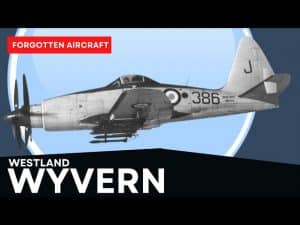Why The F-18 Is Stealthier Than You Thought

YouTube / PilotPhotog
The Super Hornet is the Navy’s all-encompassing multi-role tactical aircraft. It’s a true workhorse serving as a fighter, attack, reconnaissance, and refueling tanker platform. However, most people don’t realize that this jet arguably has the most extensive radar cross-section or RCS reduction measures of any contemporary fighter right after the F-22 and F-35.
Loadout
This plane can go a long way in decreasing its radar signature in specific configurations.

For instance, a clean reconnaissance loadout can employ the Super Hornet as a forward screen, allowing it to detect stealth fighters and other airborne threats at long ranges. The Super Hornet can also carry bombs and missiles inside enclosed weapon pods to further reduce its RCS if needed.
Attention To Detail
It also features design elements that decrease its RCS dramatically, especially in the forward quarter.

Close inspection of the aircraft will reveal the removal or filing of unnecessary surface joint gaps and resonant cavities.
Hiding Inlets
Older Hornets used grills to cover various accessory inlets and ducts, while the Super Hornets used micro or sedimetric band opaque perforated panels. Moreover, the use of S-shaped ducts in their engine intakes can hide their fans from view.

Many of these advanced features have been incorporated into the latest version of the Super Hornet – the Block 3 series. The new version claims to have a 50% reduction in overall frontal RCS, while some point towards the use of Radar-Absorbent Material coatings for certain mission profiles.


















